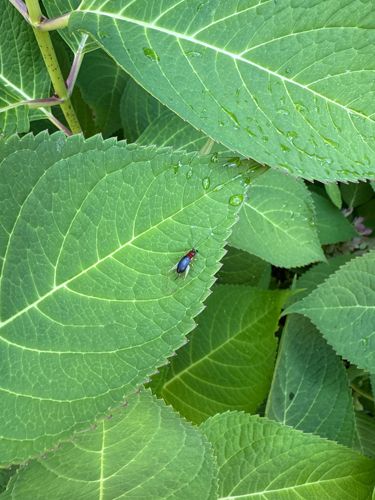Blow Fly
Scientific Name: Calliphoridae (Family)
Order & Family: Order: Diptera, Family: Calliphoridae
Size: Typically 4-16 mm (approx. 0.16-0.63 inches) in length

Natural Habitat
Blow flies are ubiquitous and can be found almost everywhere humans and other animals live, including urban areas, forests, fields, and near garbage or decaying organic matter. They are often found around flowers, carrion, and waste.
Diet & Feeding
Adult blow flies feed on nectar, decaying organic matter, carrion, and sometimes feces. Larvae are typically scavengers, feeding on decaying animal or plant material, and some are parasitic.
Behavior Patterns
Flies are typically active during the day. Many species are known for their fast and agile flight. Larvae (maggots) often live in decaying organic matter or as parasites, depending on the species.
Risks & Benefits
Risks: Can be vectors for disease transmission (e.g., bacteria, parasites) due to their feeding habits on decaying matter and subsequent contact with food or surfaces. Some species can cause myiasis (infestation of living tissue by maggots) in animals and humans. Benefits: Important decomposers in ecosystems, breaking down carrion and waste. Used in forensic entomology to estimate time of death. Larvae of some species are used in maggot therapy for wound debridement.
Identified on: 8/31/2025